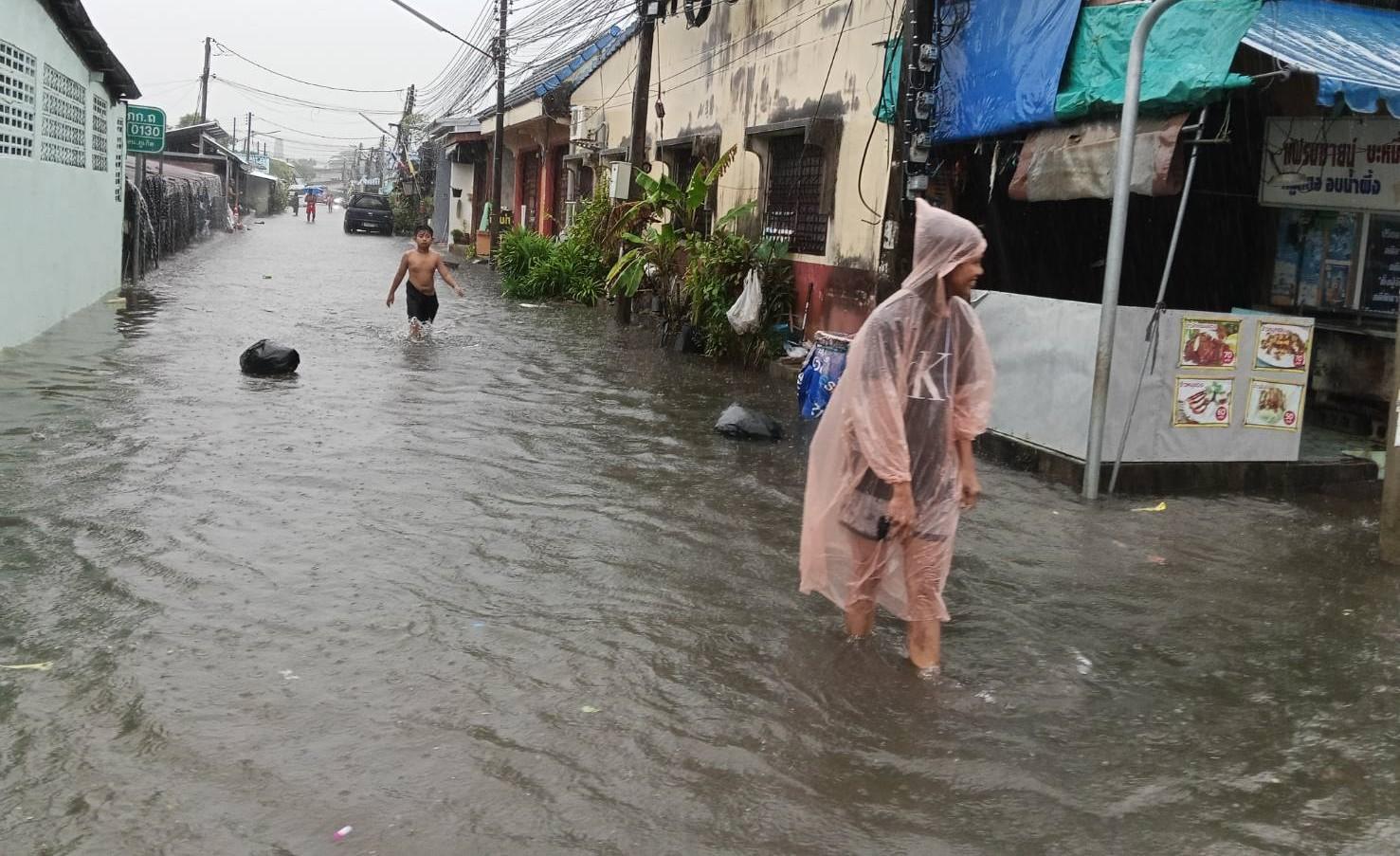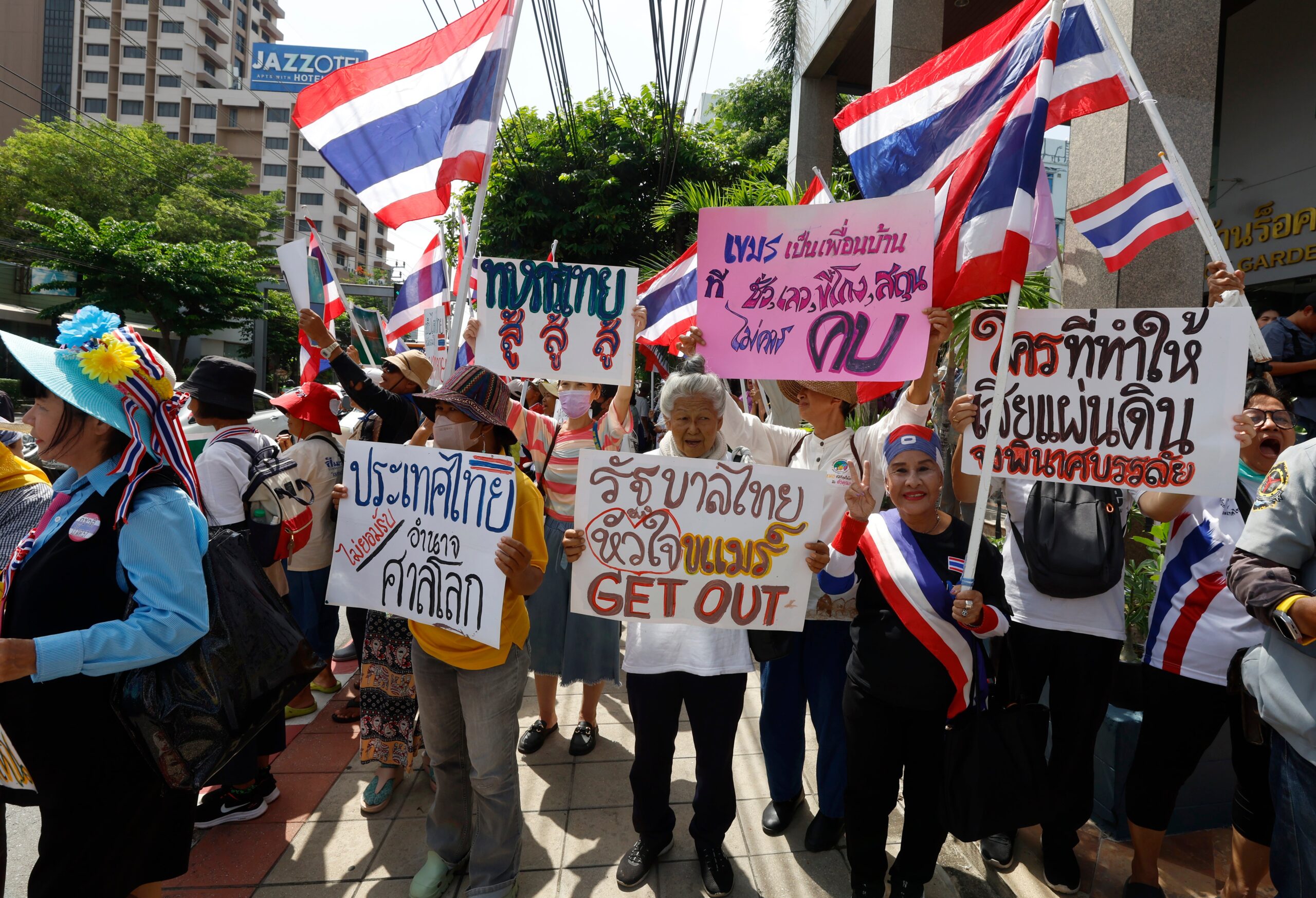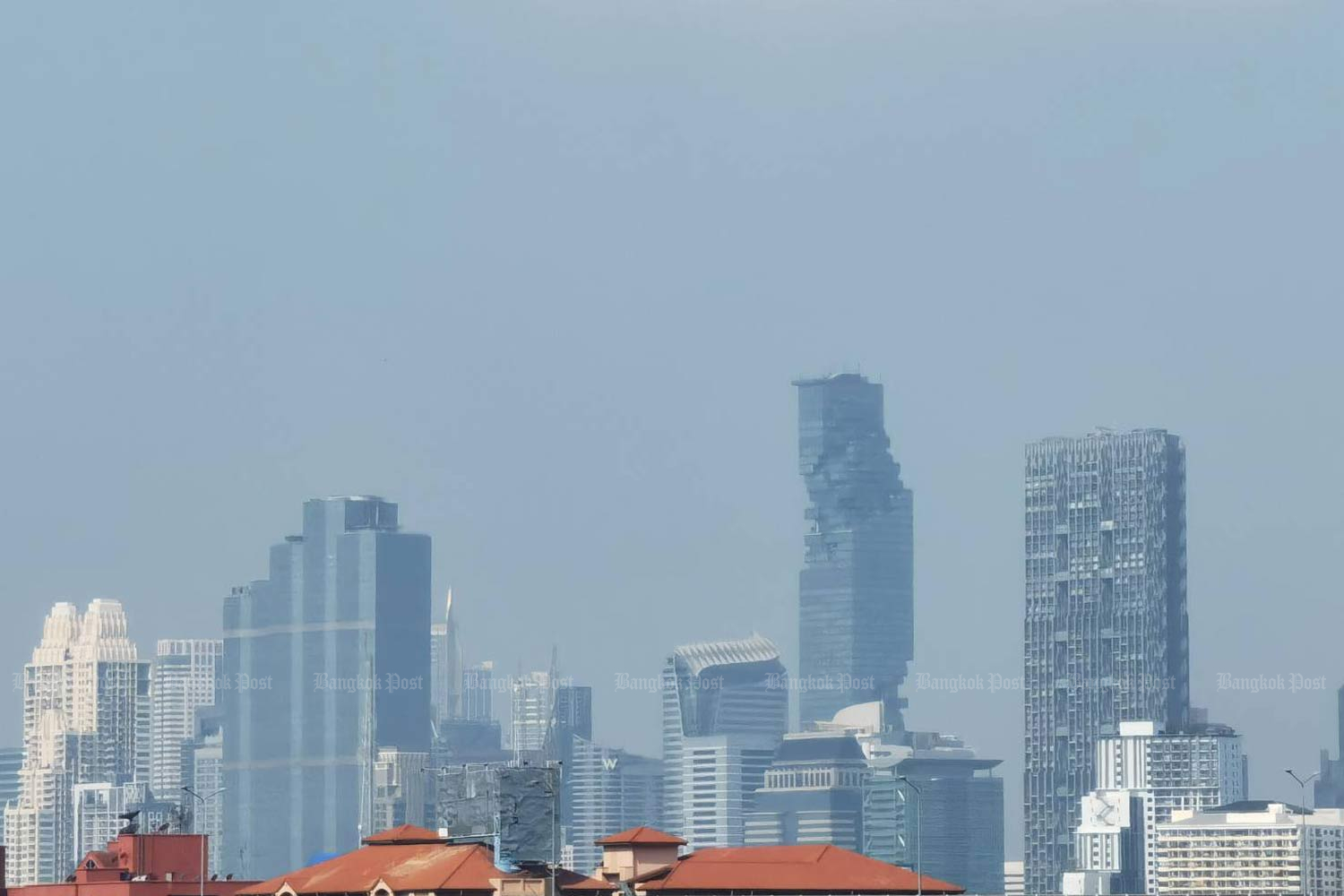Anticipating a Wet Monsoon Season
Above-Average Rainfall in Upper Regions
Thailand’s rainy season is poised to deliver higher-than-average rainfall across upper regions, signaling a robust monsoon period. Weather forecasts indicate that northern and northeastern provinces will experience significant precipitation, driven by strong monsoon systems. This surge in rainfall could benefit agriculture but also poses challenges for flood-prone areas. Communities and authorities are gearing up to manage the impacts of this wet season, balancing opportunities and risks associated with abundant rain.
Agricultural Impacts and Opportunities
Boosting Crops Amid Flood Risks
The predicted heavy rainfall offers a boon for farmers in upper Thailand, where rice paddies and other crops depend on consistent water supply. The ample rain is expected to enhance yields, supporting food security and rural economies. However, excessive rainfall could lead to flooding, threatening crops and livelihoods in low-lying areas. Farmers are adopting resilient practices, such as improved irrigation and crop diversification, to capitalize on the wet season while mitigating potential losses.
Infrastructure and Community Preparedness
Strengthening Defenses Against Flooding
With above-average rainfall on the horizon, local governments are prioritizing flood preparedness to protect infrastructure and residents. Efforts include reinforcing drainage systems, clearing waterways, and stockpiling emergency supplies. Urban areas, particularly in the north, are upgrading flood barriers to prevent disruptions to transportation and commerce. Community awareness campaigns are also underway, educating residents on safety measures to navigate the challenges of the rainy season effectively.
Long-Term Weather Outlook
Navigating a Dynamic Monsoon Climate
The forecast for a wetter-than-usual rainy season underscores the need for adaptive strategies in Thailand’s climate-sensitive regions. Meteorologists predict that the monsoon’s intensity may vary, with periodic heavy downpours interspersed with drier spells. Authorities are collaborating with environmental experts to monitor weather patterns and ensure sustainable water management. By planning for both immediate impacts and long-term climate trends, Thailand aims to harness the benefits of the rainy season while minimizing its risks.








